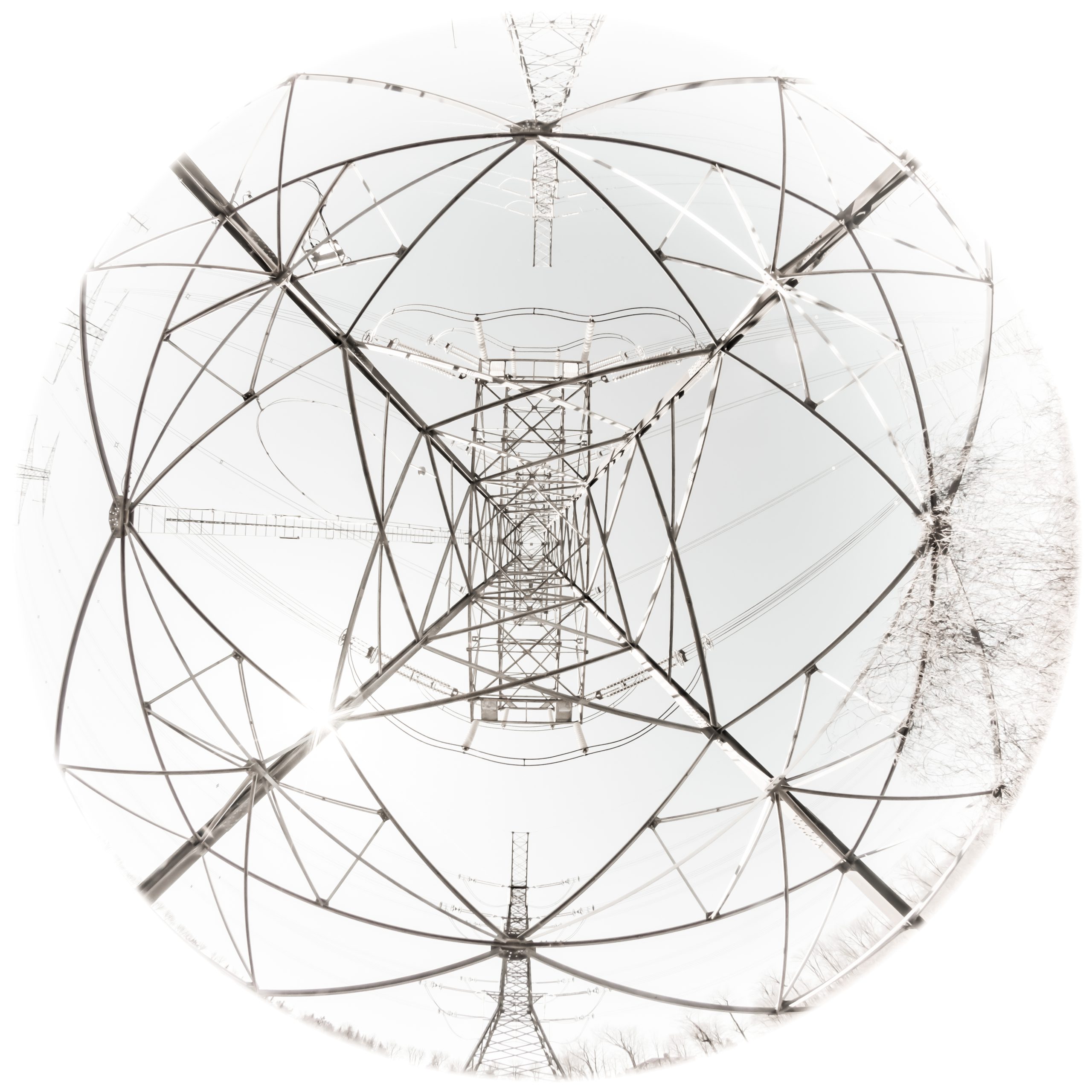Year: 2019
-
Traditional Teachings

The tradition of the father teaching his son specific and essential survival tasks goes back before the dawn of civilization. As we as a species evolved to develop skills and understanding, it became apparent that sharing these things enhanced our chances for survival. This shared knowledge that developed into a foundation of culture that was…
-
Exclamation Points!

I enjoy using exclamation points! They are the ancestor of the emoticon that in the past allowed an author to include an emotional dimension to a text 🙂 They can conveniently communicate delight, with a single stroke available on every keyboard! They are also additive, to represent stronger emotions!! But, like their evolutionary outcome, they…
-
Interesting

Conversation yesterday drifted towards the meaning of the word interesting. Definitions: My colleagues in this conversation tended towards the traditional definitions, as cited above. Accepting that, I also acknowledged the one submitted by Vocabulary.com: The adjective interesting describes something that makes you curious, or catches your attention, but sometimes people use the word in a doubtful way…
-
The Touch of the Past

My project, Denk Ich an Sonneberg, introduced me to various theories related to memory, among them were Ethical Remembrance and Post-Memory. Roger Frie’s book, Not in My Family: German memory and responsibility after the holocaust and Marianne Hirsch’s book Family Frames: photography narrative and postmemory explore these topics respectively. As I continue to explore the…
-
Representing Authenticity
in: Documentary
As a thought experiment, think about comparing the highly-processed magazine photograph of a fashion model standing on a runway against a grainy, black-and-white image of a derelict woman standing on the street. We might conclude that the former idealises, the latter degrades. But why? Both images are of women, yet how these women are presented…